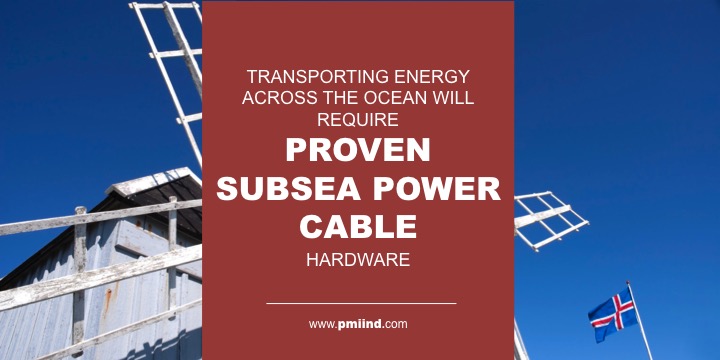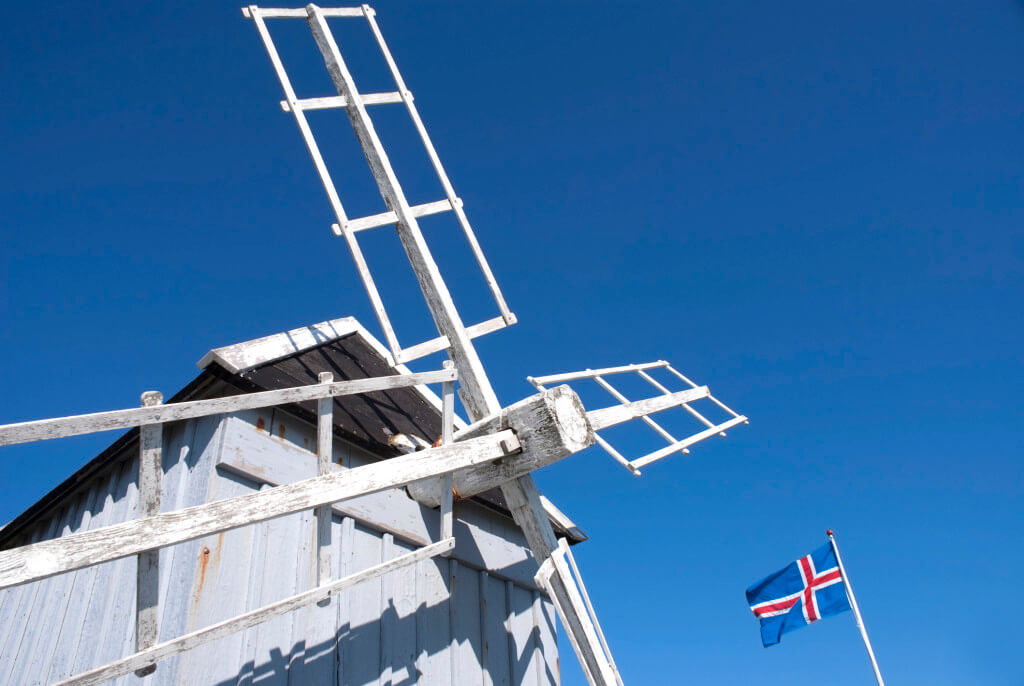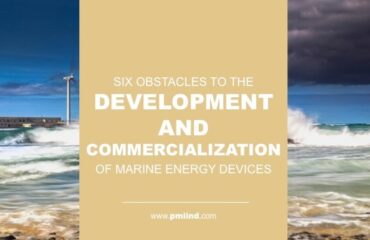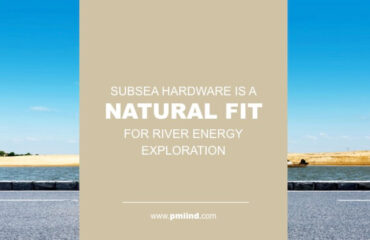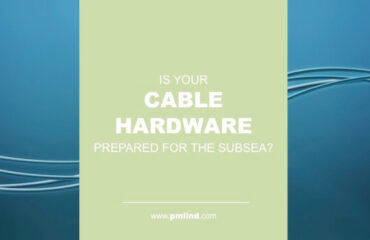The island nation of Iceland has more renewable energy than it needs. Great Britain wants to use more power from renewable sources. A 1,000-kilometer submarine power cable could conceivably help Iceland export its surplus renewable power and help Great Britain meet its renewables goals.
All this is possible because of the advantages of high-voltage direct current (HVDC), which makes it more practical to transmit power over long distances via submarine power cables. Electrical grids around the world generally use alternating current (AC) because it’s more economical over short distances.
The problem with AC is it becomes less practical the farther the power has to be transmitted. When power has to be transmitted distances in measuring in the hundreds of kilometers or more, it becomes much more sensible to use high-voltage direct current.
Using HVDC to move lots of power over long distances is extremely helpful in developing nations like China that have rapidly emerging energy demands. But another of the great opportunities for HVDC lies deep below the ocean with subsea power cables.
Long-distance subsea power cables have a host of applications:
- Windfarms located far offshore. Wind is more abundant far away from shore, and many near-shore sites have already been developed. Submarine power cables using HVDC make these remote windfarms practical.
- Subsea electrical grids. Electrical grids beneath the ocean are being developed to improve the productivity of off-shore drilling operations. HVDC could allow them to be powered by production facilities on dry land.
- Metro areas where it’s impractical to build new power plants. In the San Francisco Bay Area, for instance, subsea power cables can extend power across the bay and avoid the need to build new power generating capacity.
This potential sounds awesome until you hear the statistics on how long it takes to repair a damaged submarine power cable. It can be days, weeks or months depending on the location and the severity of the damage.
The rugged reality of deep-ocean engineering is that it only takes one fishing trawler or cargo ship anchor to foul up a deep-sea power transmission plan. That’s why subsea cable protection is so important.
Providing that kind of protection has kept PMI in business for more than four decades, engineering rugged, durable ocean hardware for companies and projects around the globe.
Our deep ocean engineering experience helps enable the world-changing potential of renewable power. No matter how breathtaking the advances in technology, if the power has to be sent through subsea cables, those cables need extra protection that our ocean hardware provides.
Our guide, 6 Ways to Extend Your Subsea Power Cable Life, can provide more insight into increasing the longevity of your subsea cables. Download the free guide today:


